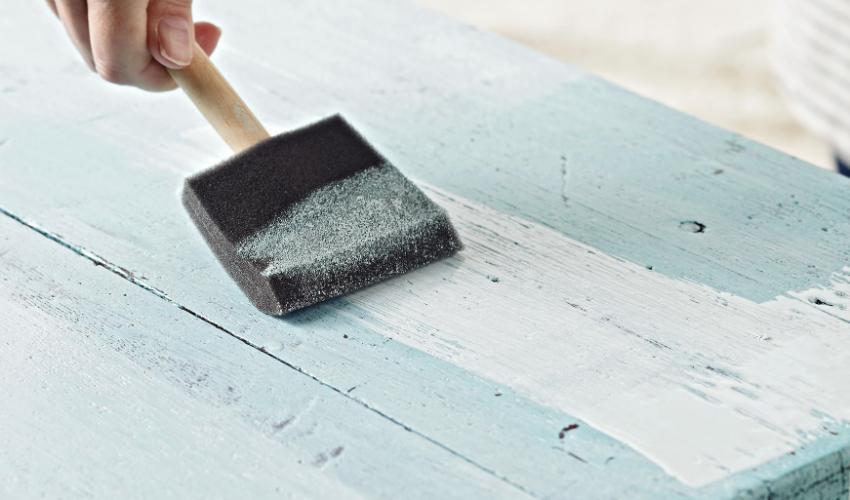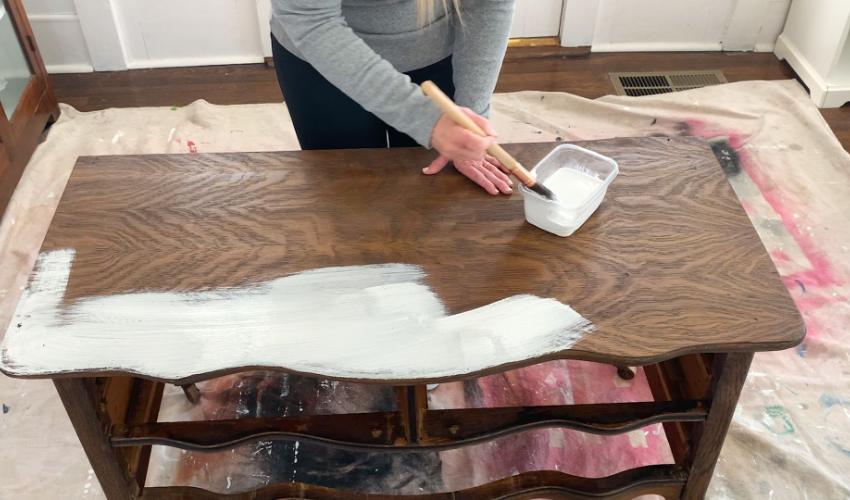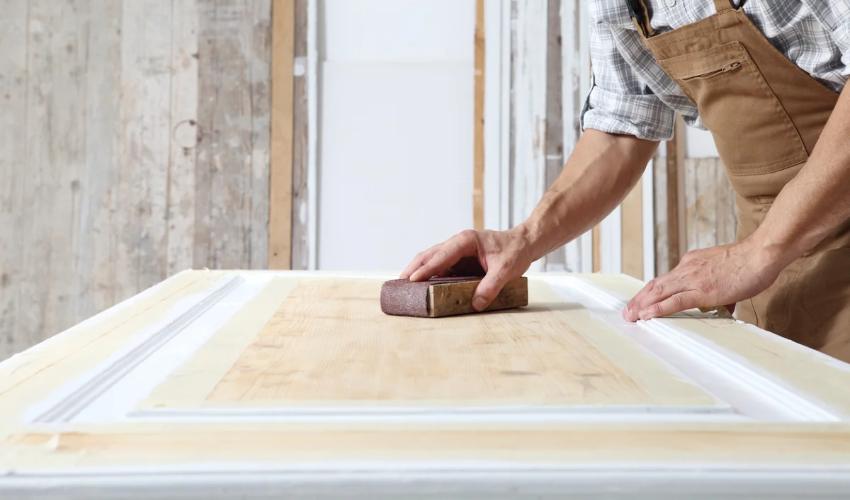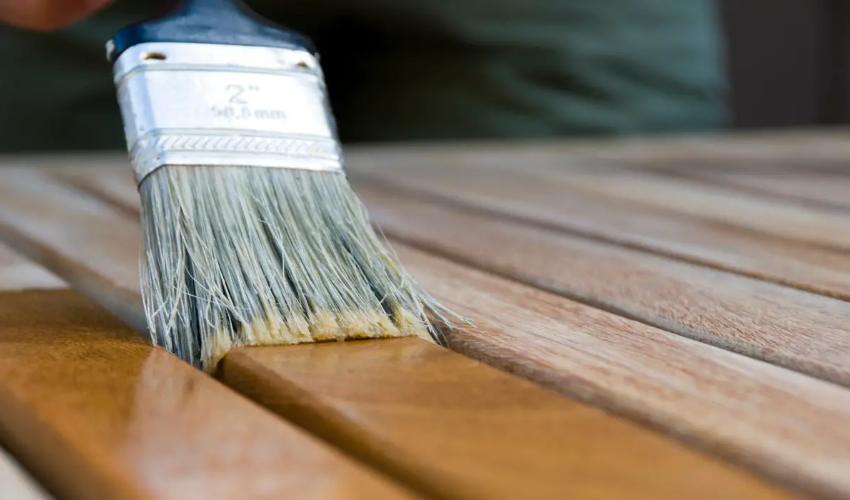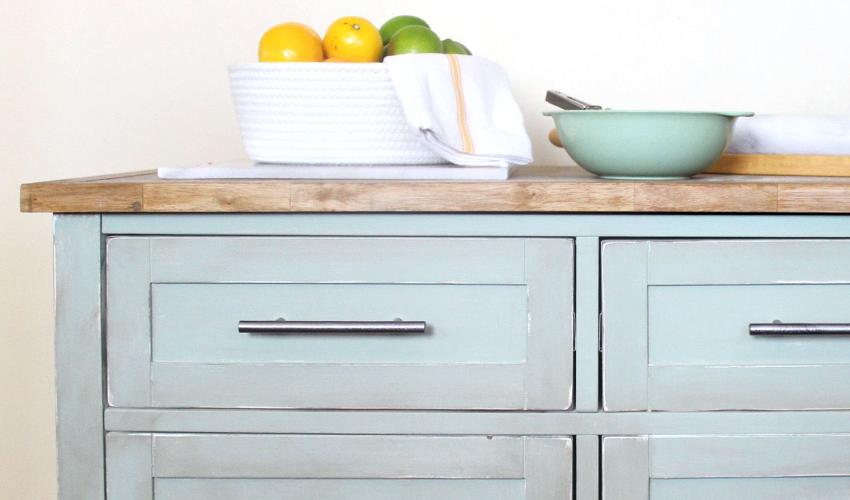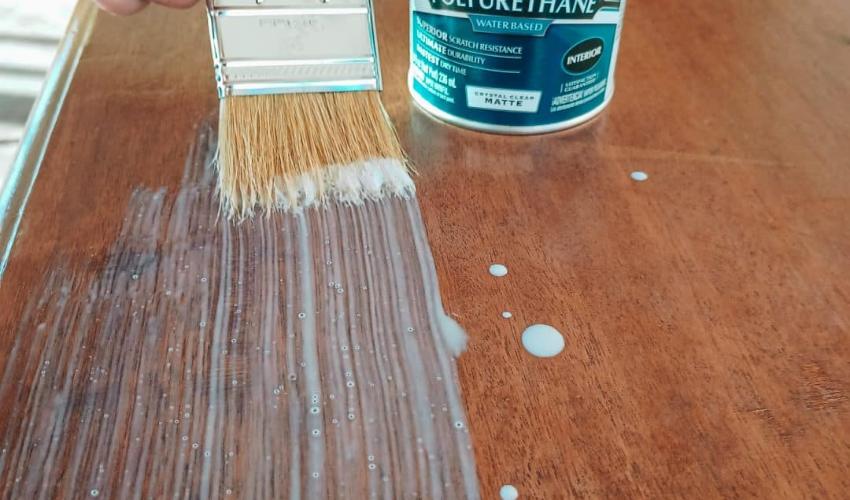Distressing the furniture refers to repair or reconstruction of the intentionally damaged or weathered furniture. If you’ve ever admired the charm of weathered and aged furniture, you’re not alone. Distressing furniture can be utilized to cover or draw attention away from the existing flaws from the furniture surface. Furthermore, distressed furniture enhances the classical texture and elegance to your home interior. The good thing is that you don’t need to scour antique shops or wait for years to achieve that sought-after distressed look. In this blog post by Dubai Curtain, we shall guide you through five easy steps to distress your furniture and give it those attractive, aged aesthetics you desire.
5 Functional Steps to Distress Furniture
With a little creativity and some simple techniques, you can distress your furniture and create a vintage, time-worn appearance right in your own home. We have enlisted the five most functional and effective steps to distress furniture. So, prepare yourself and space, gather your supplies, and follow these effective steps to accomplish your furniture-distressing project.
Supplies You’ll Need To Distress Furniture
- Sandpaper
- Paint roller or brushes
- Paint and Stain
- Drap cloths
- Rags or tag cloths
- Water
- Polyurethane
- Furniture wax or Candle
- Hammer and Nails
- Screwdriver
- Protective gear
- Rags or Paper towels
- Scraper
-
Prepare Yourself and Workspace
Start the furniture distressing by preparing yourself and then the workspace. For this purpose, you need to choose any desired piece of furniture to distress. It must be ensured that the desired piece will be free from any existing finish. While sanding, always use a dust mask to prevent inhaling the sand and dust particles into your lungs and safety glasses for keeping the eyes safe.
Moreover, try to work in a well-ventilated workspace to prevent inhaling the fumes. It is crucial to plan the areas of wooden piece where you want to distress. After preparing yourself, you need to cover the desired workspace with cloth or plastic cover where you want to do distressed furniture.
-
Sand the Furniture
After preparing yourself and the workspace, you can sand the furniture by using sandpaper. If you find some cracks in a wooden piece, you can also use white glue to fill them. If the wooden piece is without any finishing or paint, you need a little effort to sand furniture. But if the desired piece has been already painted then it will require thorough sanding of the entire piece of wood. After sanding the furniture piece, you should use rag cloth to wipe down the sand or dust particles from the furniture surface. This will ultimately clean the wooden surface of furniture to pick the base coat more strongly.
-
Apply the Base Coat
For base coating, you may use any type of quality paint or stain. By applying a base coat, you will attain a smooth and well-coated surface of the wooden piece. You can use single or double coatings (two different paints layers) according to your budget and time availability. After applying the base coat, let it dry completely for a few minutes.
-
Create the Distressed Look
After drying the paint, you can use scraper or sandpaper to remove the dry paint from the wooden surface. For giving a distressed look, you can also use various methods such as steel wool, Vaseline or wax, and candle wax. You can use the sandpaper to rub the sharp edges or corners of custom furniture. If you coat the surface with double paint layers then you must use steel wool while in case of single paint layer you can use sandpaper.
-
Use of Sealant
After completing all the essential steps of distressing furniture, you can use furniture wax or polyurethane for color protection. You can use brush or foam to apply sealant; either wax or polyurethane. While distressing, you should keenly focus on sharp edges and corners of furniture pieces. All these crucial steps require a little bit of patience and practice to achieve the desired results from distressing furniture.
Conclusion
In conclusion, distressing furniture is a fun and artistic way to transform ordinary wooden pieces into extraordinary antique works. Whether you’re aiming for a shabby chic, farmhouse, or vintage look, these five easy steps provide a solid foundation to start your distressing journey. Remember, there are no strict rules in distressing, it’s all about individual preference and the story you want your furniture to tell. So, experiment with different techniques, colors, and levels of distressing until you achieve the perfect aesthetics for your home.

